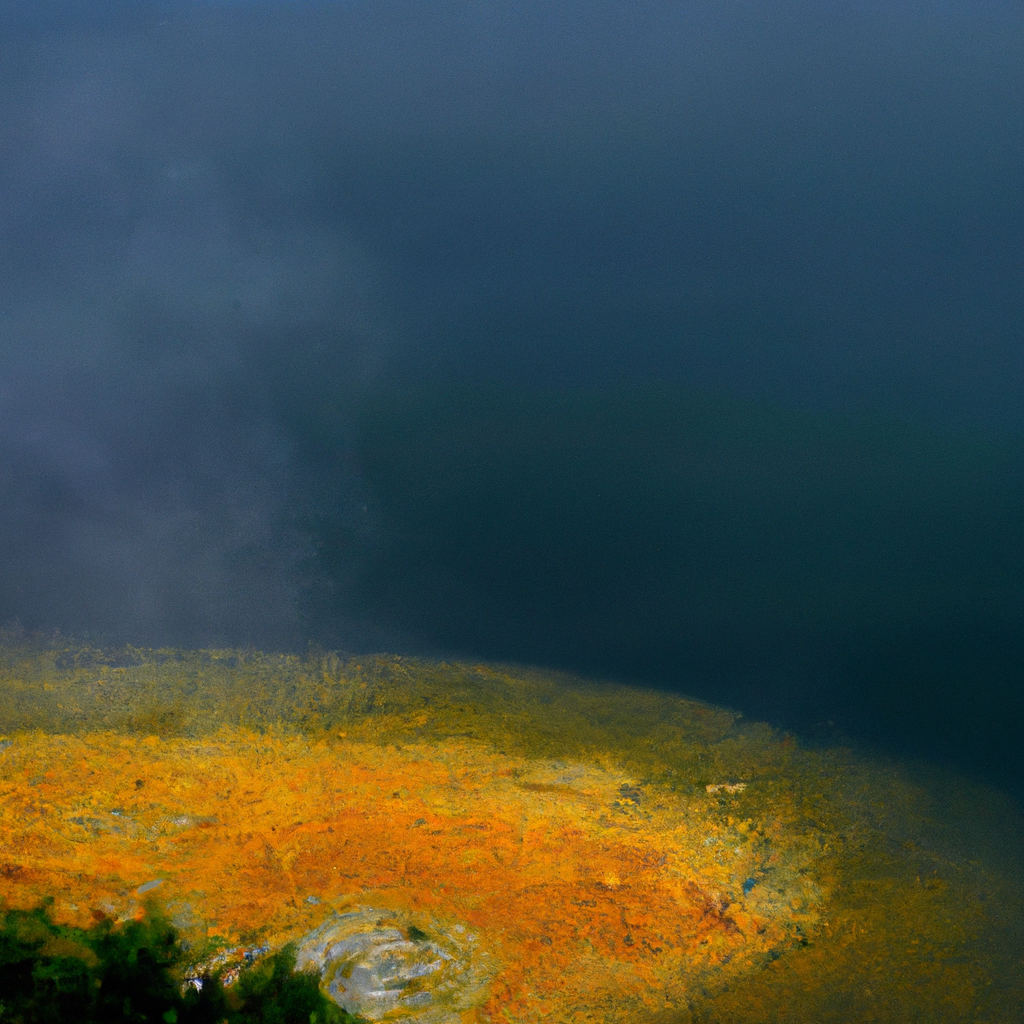
Water is an essential resource for life, but what if the very water we rely on for survival could be silently harboring deadly diseases? Waterborne diseases pose a significant threat to public health, affecting millions of people worldwide. In this article, we will delve into the dangers of waterborne diseases, their causes, and most importantly, how to protect ourselves from these silent killers. Join us as we explore the hidden dangers that may be lurking in your local water supply.
Understanding Waterborne Diseases
Waterborne diseases are caused by the ingestion of contaminated water or the consumption of food prepared with contaminated water. These diseases are primarily caused by microorganisms such as bacteria, viruses, and parasites that thrive in water sources. When these pathogens enter our bodies through contaminated water, they can lead to various illnesses ranging from mild to severe, and even fatal in some cases.
Common Waterborne Diseases
- Cholera: Cholera is caused by the bacterium Vibrio cholerae and is characterized by severe diarrhea, vomiting, and dehydration. It can spread rapidly in areas with inadequate sanitation and access to clean water.
- Typhoid fever: Typhoid fever is caused by the bacterium Salmonella Typhi. It is transmitted through contaminated water or food and leads to symptoms such as high fever, headache, abdominal pain, and weakness.
- Hepatitis A: Hepatitis A is a viral infection that primarily spreads through the consumption of contaminated water or food. It affects the liver and can lead to symptoms such as jaundice, fatigue, and abdominal pain.
- Giardiasis: Giardiasis is caused by the parasite Giardia lamblia. It is commonly found in contaminated water sources and can cause symptoms like diarrhea, abdominal cramps, bloating, and weight loss.
- Cryptosporidiosis: Cryptosporidiosis is caused by the parasite Cryptosporidium. It can be contracted by ingesting water or food contaminated with the parasite, leading to symptoms such as diarrhea, stomach cramps, nausea, and fever.
The Sources of Contamination
Understanding the sources of water contamination is crucial in preventing waterborne diseases. Here are some common sources of contamination:
- Untreated or inadequately treated water: Water treatment processes are designed to remove or kill harmful pathogens. However, if the water treatment facilities are not properly maintained or if the water supply is not adequately treated, the risk of contamination increases.
- Sewage and wastewater: Improper disposal of sewage and wastewater can contaminate water sources, especially in areas with inadequate sanitation systems. This contamination can occur through seepage into groundwater or through the discharge of untreated sewage into rivers or lakes.
- Agricultural runoff: The use of fertilizers, pesticides, and other agricultural chemicals can result in runoff that contaminates nearby water sources. This contamination can introduce harmful pathogens and chemicals into the water supply.
- Industrial pollutants: Industries that discharge pollutants into water bodies can cause significant contamination. Chemicals, heavy metals, and other toxic substances can pose serious health risks when present in drinking water.
Protecting Yourself from Waterborne Diseases
Now that we understand the risks associated with waterborne diseases, let’s explore some practical steps to protect ourselves and ensure the safety of our water supply:
- Access to clean water: Ensure that your water supply comes from a safe and reliable source. If you have concerns about the quality of your tap water, consider using a water filtration system or opting for bottled water.
- Practice proper hygiene: Washing your hands with soap and clean water before handling food or eating is crucial in preventing the spread of waterborne diseases. It is also important to teach children about proper hygiene practices.
- Properly store and handle food: Food that comes into contact with contaminated water can become a source of infection. Ensure that food is washed with clean water and stored in a hygienic manner to prevent contamination.
- Maintain water treatment systems: If you have a water treatment system in your home, make sure it is regularly maintained and serviced to ensure its effectiveness in removing harmful pathogens.
- Report water quality concerns: If you notice any changes in the taste, odor, or appearance of your tap water, report it to the relevant authorities. They can investigate and take necessary actions to address any potential issues.
- Support water sanitation initiatives: Advocate for improved water sanitation systems in your community and support initiatives that aim to provide clean and safe water to those in need.
Conclusion
Waterborne diseases pose a significant threat to public health, and it is crucial to take proactive measures to protect ourselves and our communities. By understanding the sources of contamination and implementing proper hygiene practices, we can minimize the risk of waterborne diseases. Access to clean and safe water is a fundamental right, and it is our collective responsibility to ensure its availability for everyone. Let’s work together to eliminate the silent killers lurking in our local water supply and create a healthier and safer future for all.
